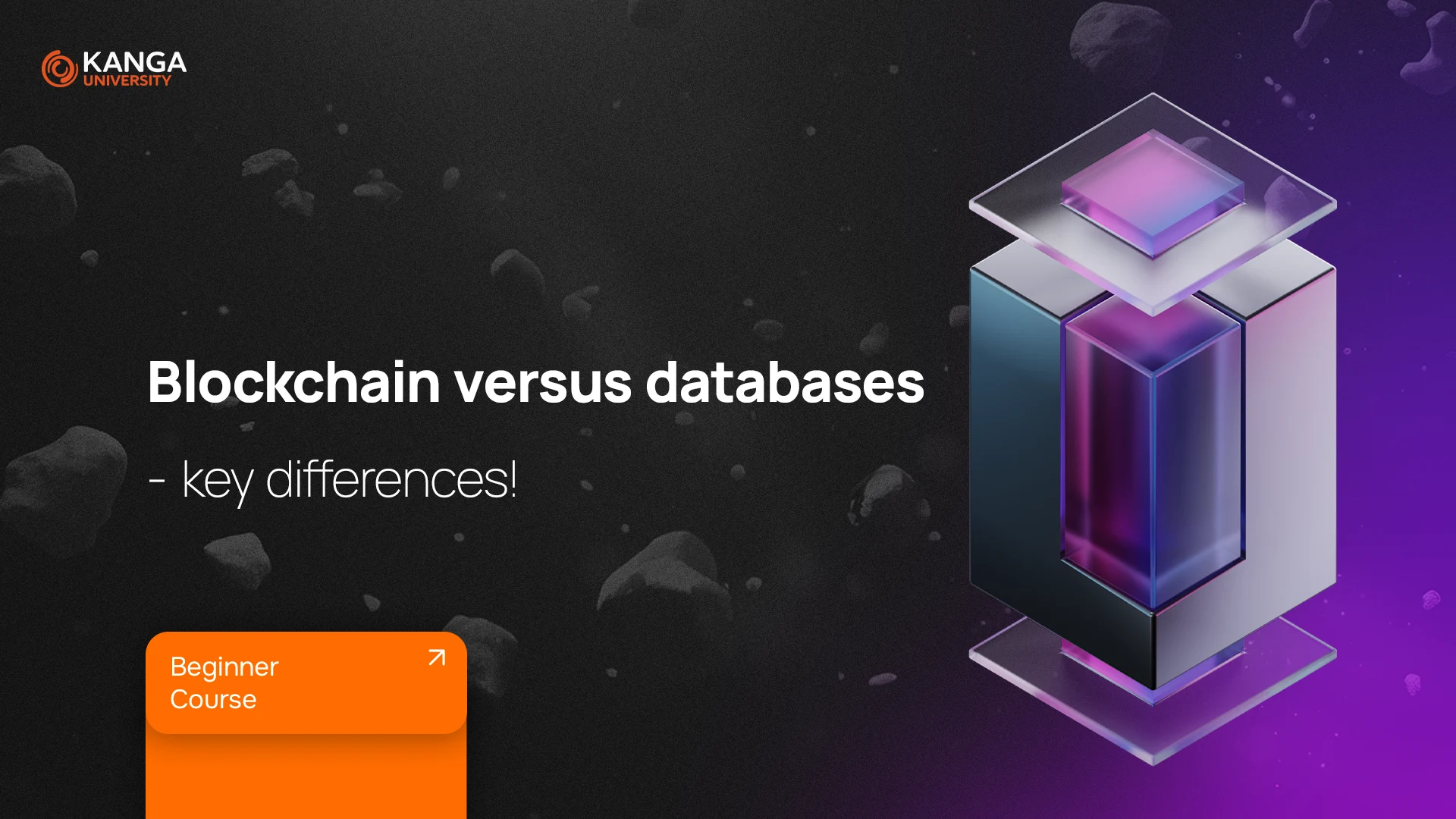
In today’s world, data is one of the most valuable assets. It drives business, technology, and everyday life. There are different ways to store and manage data, and two major technologies in this field are traditional databases and blockchain. While they may seem similar, they function in completely different ways.
Why is blockchain gaining popularity? Is it better than traditional databases? Or is it just a passing trend? Let’s find out.
Blockchain vs. traditional databases – Quick Overview
Before diving into details, let’s start with simple definitions.
- Blockchain – a decentralized database that stores information in blocks linked together in a chain. Each block contains a set of data and is connected to the previous one. Most importantly, once recorded, data cannot be changed or deleted.
- Traditional database – a centrally managed data storage system. Information is stored in tables and can be edited, deleted, or added by users with the proper permissions.
Both technologies have their applications, but they differ in several key aspects.
Key Differences Between Blockchain and Databases
1. Centralization vs. Decentralization
- Traditional database – stored on one (or multiple) central servers controlled by administrators. These administrators decide who has access and what changes can be made.
- Blockchain – has no central server. Instead, data is copied across multiple computers (nodes) in a network. Each participant has a full version of the blockchain and can verify the accuracy of the data.
What does this mean? In traditional databases, an administrator can edit data, while in blockchain, they cannot.
2. Data Mutability
- Database – allows editing, deleting, and updating stored information.
- Blockchain – data is immutable. Once something is recorded, it cannot be changed or erased. Instead, a new block must be added to reflect updates.
This makes the blockchain more transparent and resistant to tampering but also less flexible.
3. Performance
- Databases – very fast. Data can be quickly read, updated, and searched.
- Blockchain – slower because every transaction must be verified by the network. Processing information takes longer.
This means blockchain is not suitable for handling massive amounts of rapidly changing data, such as in e-commerce systems.
4. Security
- Databases – if someone gains access to the main server, they can modify or delete data.
- Blockchain – has no single point of control, so hacking one computer won’t allow data manipulation.
Blockchain is more resistant to fraud and tampering, but it is not completely invulnerable.
5. Data Confidentiality
- Database – allows full control over who can see which information.
- Blockchain – data is visible to all network participants.
This means blockchain is not always the best choice when privacy is a priority (e.g., storing patient records in hospitals).
Will Blockchain Replace Databases?
No.
Blockchain is neither better nor worse – it is simply a different technology.
Traditional databases remain more efficient and are widely used in businesses, e-commerce, and mobile apps. Blockchain, on the other hand, is useful where transparency and immutability are crucial – such as in cryptocurrencies, supply chains, and voting systems.
Summary
- Blockchain is a decentralized database where data cannot be edited or deleted.
- Traditional databases are more flexible but less resistant to manipulation.
- Blockchain is ideal for secure and transparent applications, but it is less efficient than traditional systems.
The choice between blockchain and a traditional database depends on user needs. If efficiency is key, databases are the better option. If security and immutability are the priority, blockchain is the way to go.